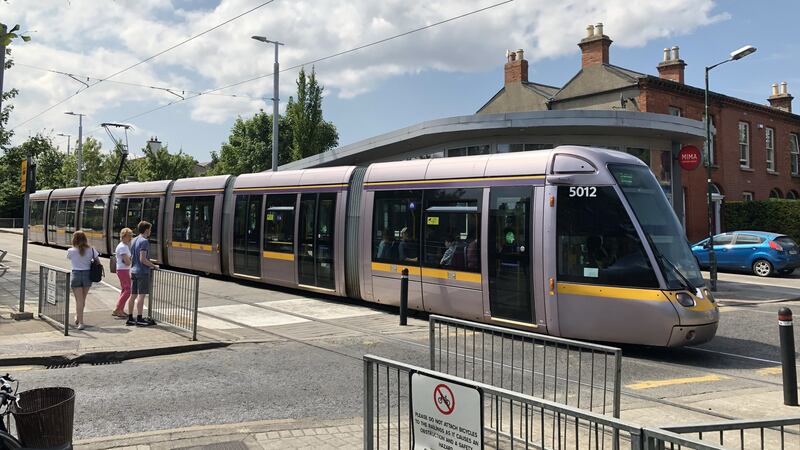It would appear that a decision has been taken to dramatically change the plans for the MetroLink, which was to run from Swords, through the airport, to Sandyford on the southside of the city.
Having undertaken very detailed studies, which supported this original plan, the new proposal would terminate the metro at Charlemont near Ranelagh village, with passengers then transferring to the Luas green line. However, none of the detailed research that should underpin such a new decision has yet been published.
The study for the original metro route, incorporating the Luas green line south of Charlemont, showed a benefit-to-cost ratio of 2:1 and 3:1 – probably benefits greatly exceeding the likely costs of €3 billion-€4 billion.
Since this study was done the Department of Public Expenditure has revised the recommended discount rate to be used in such analysis, which would further increase the benefits.
We have seen how costs can escalate with major projects if they are not properly scoped in advance.
The bulk of the cost of the metro project related to tunnelling through the city. The expected costs of incorporating the Luas green line into the metro were actually a limited part of the total cost of the project.
However, as is normal in such studies, the costs did not include the disruption involved in building such a major project. In the case of the original planned metro these would have been substantial.
Under the original plan, the major cost from disruption was going to arise because of the temporary closure of the Luas green line south of Charlemont, which would be necessary to allow its integration into the metro.
Very expensive
Given the high volume of passenger traffic already on the line, any prolonged disruption would be very expensive. In addition there was likely to be significant disruption costs from the permanent closure of a minor road in Ranelagh.
The preliminary analysis undertaken showed two options for integrating the Luas at Ranelagh. Under one option, the line would have had to be closed for a year, involving prolonged disruption for commuters in south Dublin. It would not just be the Luas users who would be affected, it would have an impact on all other road users as a result of the large number of Luas users being temporarily pushed on to buses or cars.
An alternative option, costing a similar amount, would have involved closing the Luas green line for just three months. However, it would involve knocking down about 12 houses in Ranelagh and temporarily disrupting a limited number of other local residents.

This route was not favoured because no account was taken of the costs of closure of the Luas for an additional nine months, although the need to pay substantial compensation to a dozen families who would have to move was factored in.
While these two variants were worked out in detail, analysing the likely costs (excluding disruption costs) and benefits, the third option of half a metro line is now apparently to go ahead, without presentation of the necessary supporting evidence.
Proper analysis
Before finalising a decision on the routing of the metro, we need a proper cost-benefit analysis to be done of the different options, with the disruption cost priced in. While it is likely that the truncated metro would show a positive benefit-to-cost ratio, the key metric for the decision is which of the options shows the best benefit-to-cost ratio, taking account of the disruption costs.
Press reports on the proposed new option have suggested that the closure of the Luas green line could last four years if replaced by a metro south of Charlemont. The study published last year indicated that the closure would be either three months or a year, depending on which option was chosen. Why has the closure time jumped fourfold?
The upside of the new proposal is that it would avoid the need for even a short closure of the Luas. The downside is that the serious congestion already apparent on the green line, which will become critical over the coming decade, will not be addressed.
If capacity on this southern leg remains unchanged, the overall benefits of the investment will be lower than a full metro line would be.
The public at large need to see an informed decision based on properly calculated and published figures. The choice of route should take account the needs of the city as a whole rather than reflecting the relative strength of local lobbies.













